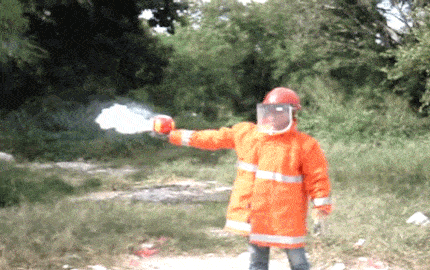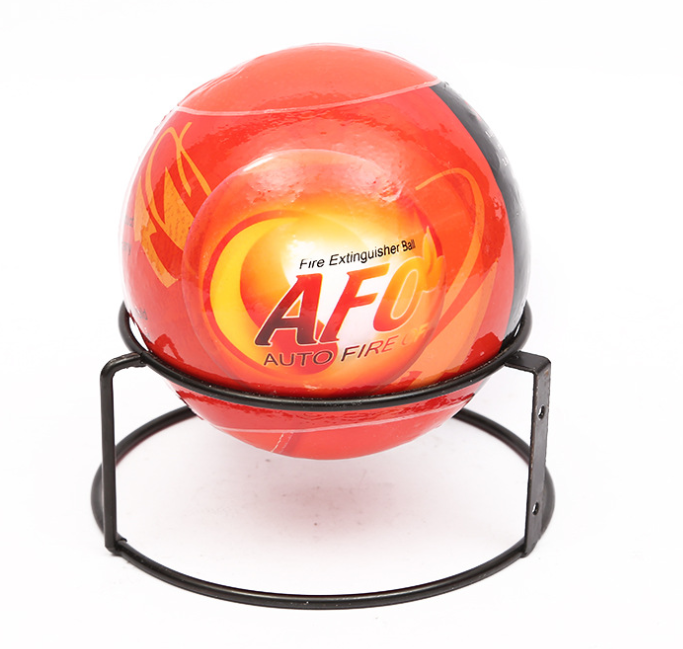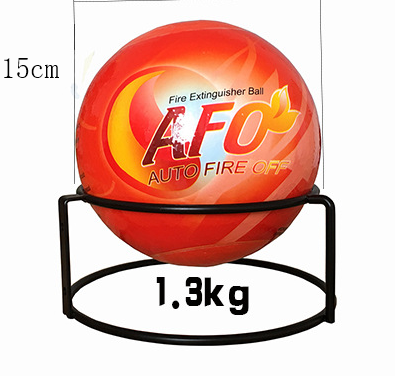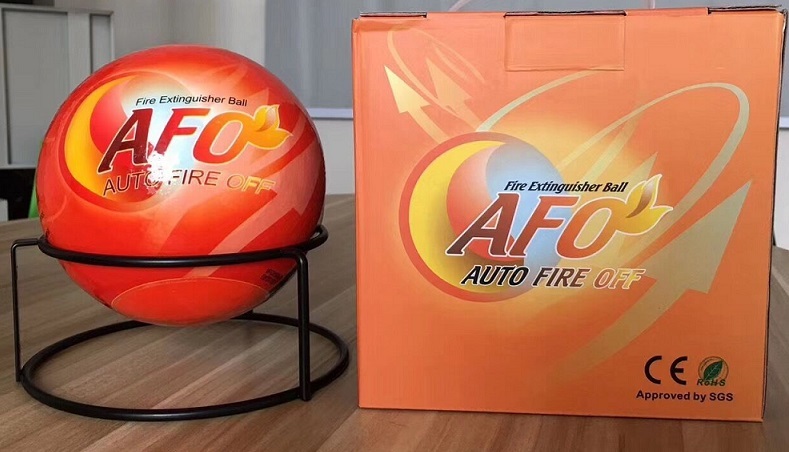afo auto fire extinguisher balls
AFO fire extinguisher ball automatic fire off device!
AFO means auto fire off, also called afo fire balls and afo fire extinguisher balls” are a type of fire suppression device that can be thrown into a fire. When they come into contact with flames, they release a powder that helps to extinguish the fire.
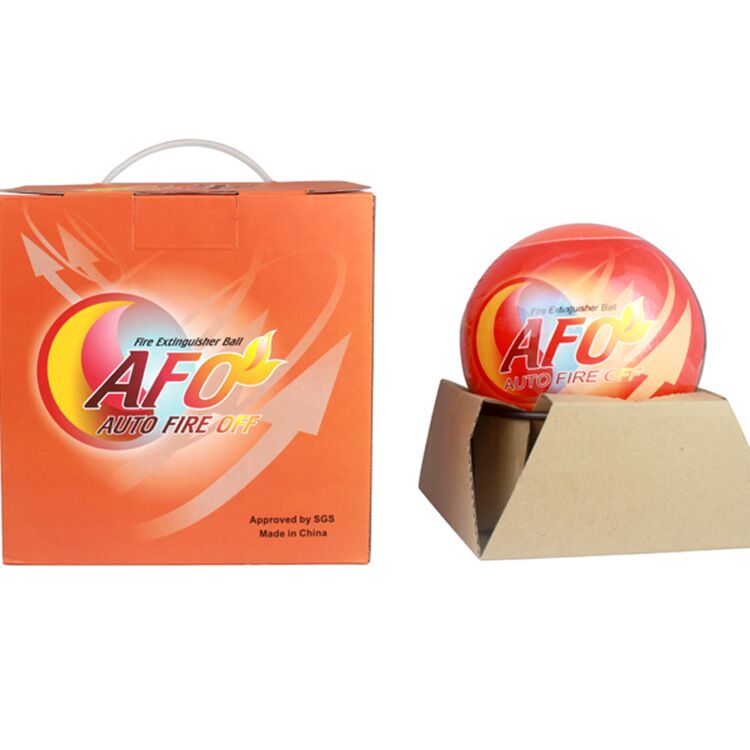
afo fire extinguisher ball company
AFO fire extinguisher ball company was founded in 2006 as a professional fire extinguisher device manufacturer, supplying various types of fire fighting equipment such as AFO fire extinguisher ball (automatic extinguishing ball), fire extinguisher, valve, fire hose, cabinet, hydrant, and so on.
Factory wholesale price for single extinguisher balls, don’t worry to contact!
afo auto fire extinguisher ball specifications
- With a weight of only 0.5/1.3 kilograms and the shape of a ball, even the elderly and children can easily use it. As long as the flame is touched for 3-5 seconds and reaches 70 degrees C
- You no longer need to be close to fire scenes to extinguish the fire; it is made of completely harmless to the environment and is safe for users.
- Fire Extinguisher Ball is made of non-toxic materials that are safe for humans and the environment.
- When thrown into or rolled into fire, it will explode and make a huge noise, attracting the attention of everyone nearby.
- With a weight of only 1.3 kg, it is suitable for both children and the elderly.
- Simply throw it into the fire or install it in any high-risk areas.
- It is not necessary to get too close to the fire to use it.
- Suitable for a wide range of applications.
Why choose AFO Fire Ball
Product development has a high priority at AFO factory. With an excellent team, rich experience, we are highly accepted by customers, and well-known for supplying best-quality auto fire off ball all the time.
EASY TO USE
It covers a 360-degree angle and an area of about 70 to 80 square feet. It can extinguish three types of fire: solid, liquid, and electrical. With packaging, it weighs 1.5 kilograms.
Saving
The unique feature of this pack of 1 fire extinguishing ball is that it can self-activate in the presence of fire when no one is present.
MAINTENANCE FREE
5 years without the need for maintenance, always on guard for you with its unique capability.
SAFE AND EFFECTIVE
The environment is completely harmless, as is the human body. It comes with a wall mounting bracket and can also be operated manually in the event of a fire.
COVERAGE
It covers a 360-degree angle and an area of about 70 to 80 square feet. It can extinguish three types of fire: solid, liquid, and electrical. With packaging, it weighs 1.5 kilograms.
APPLICATIONS
Suitable for use in car, private home kitchen, factory, warehouse, electricals cabinets commercial purposes , etc
AFO's Distributor & area suppliers
We supply our afo automatic fire ball all over the world at very competitive prices. The countries we currently supply are listed below.
Bangladesh
Malaysia
Philippines
India
South africa
Tanzania
Lagos
United Arab Emirates
United state
Colombia
France
Canada
What People are Saying
AFO is a fully automatic fire extinguisher which is auto fire guard. When throwing into or rolling to fire, it will explode and make huge noise to catch everyone’s attention nearby. You can also place it where the hotspots are such as flammable objects, circuit breaker box, and gas tank. In case of fire, it will put out the fire by itself thus guarding lives and property.




afo fire extinguisher ball brochure and certificate
If you need to cooperate with us, we can provide all product certificates and brochure details, please contact us by email or WhatsApp, we will reply as soon as possible
Latest Article:

How to Mount a Fire Extinguisher
Last Updated on March 26, 2024 by Allen To mount a fire extinguisher, choose a location within 5-15 meters of fire risks. Install the bracket securely using screws and a level. Verify that
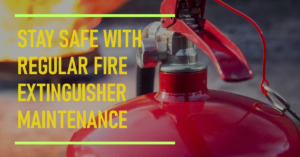
How Long Do Fire Extinguishers Last
Last Updated on March 26, 2024 by Allen Fire extinguishers generally last 5 to 15 years. Be sure to check the manufacturing date for replacement. Factors like corrosion can impact their effectiveness. Regular
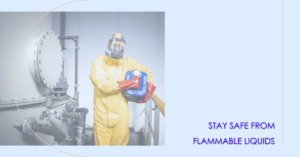
Which Fire Extinguisher for Flammable Liquids
Last Updated on March 26, 2024 by Allen Which Fire Extinguisher for Flammable Liquids? opt for Class B fire extinguishers. These are designed specifically for fires involving gasoline, paint thinner, and alcohol. Look
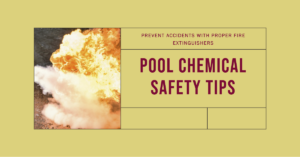
Which Fire Extinguisher For Pool Chemicals
Last Updated on March 26, 2024 by Allen For pool chemicals, consider ABC or Purple K dry chemical fire extinguishers. ABC is essential, in handling various fires including pool chemicals. Purple K is

Will Fire Extinguisher Kill Bees
Last Updated on March 26, 2024 by Allen Using a fire extinguisher near bees can harm them physically and chemically. The chemicals can contaminate bees and their environment. Your actions might make the
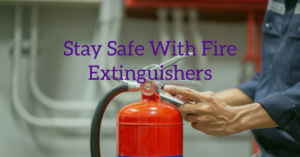
Are Apartments Required to Have Fire Extinguishers
Last Updated on March 25, 2024 by Allen In apartments, having fire extinguishers is mandatory for safety and to follow fire regulations. It’s essential for landlords to make sure they are in place,
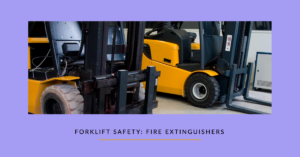
Are Fire Extinguishers Required on Forklifts
Last Updated on March 25, 2024 by Allen Yes, fire extinguishers are required on forklifts to comply with safety regulations. It’s important to have them easily accessible and regularly inspected for full functionality.
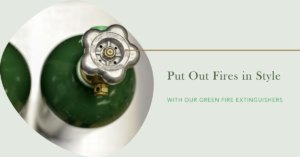
What Is a Green Fire Extinguisher
Last Updated on March 25, 2024 by Allen Green fire extinguishers are tools that use eco-friendly agents to fight fires. They are safe for the ozone layer and people. These extinguishers handle different

